Apple’s new iPhone 7 isn’t a major upgrade on the previous version, despite its various updates and features — and the well-flagged news that the smartphone has no headphone jack.
That said, the iPhone has been a game-changer. It helped Apple become the world’s most valuable company and has swept aside many a rival device over its lifespan, contributing to the decline of household names from BlackBerry to Nokia. Here’s a look at its evolution over the years.
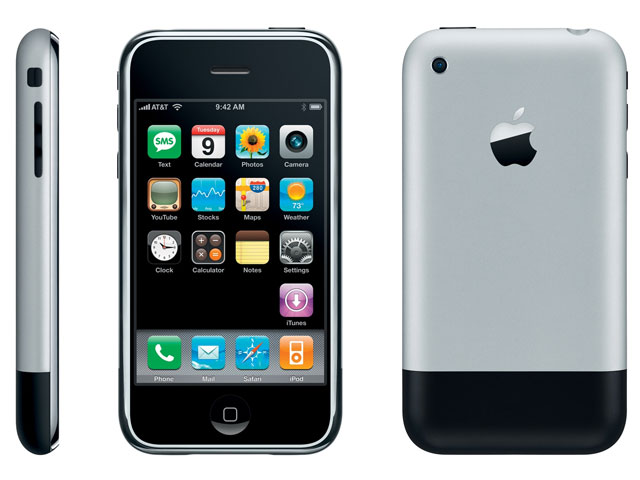
Introducing the iPhone
The first model debuts in 2007, ushering in the era of smartphones. While other devices had featured touchscreens, Apple’s was the first to package the technology so that it worked seamlessly.
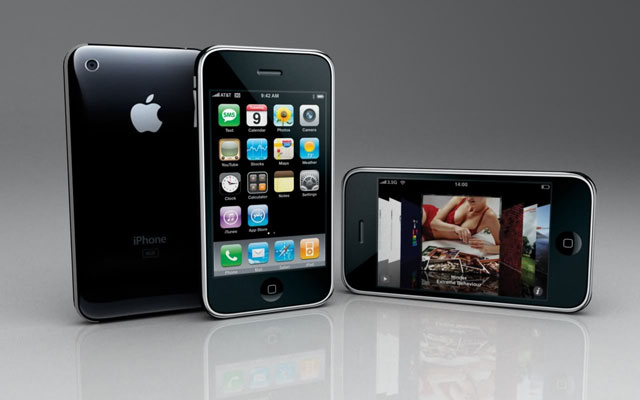
iPhone 3G
The iPhone gets its first upgrade, with 3G offering faster wireless connections. The newly-launched App Store is a key element in enhancing the capabilities of the device.
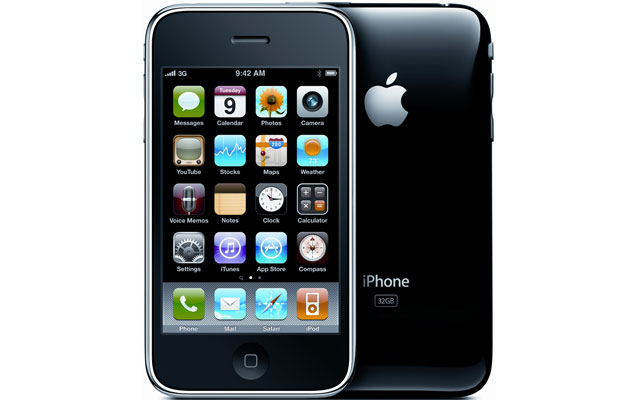
iPhone 3GS
The iPhone 3GS in 2009 isn’t a major upgrade, offering only marginal improvements in speed.
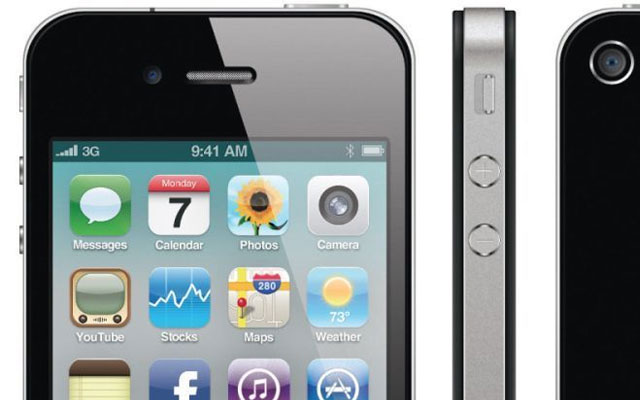
iPhone 4
The iPhone 4, which debuts in 2010, is Apple’s first radical redesign of the device. The launch also results in “antennagate”: the design of the case leads to some dropped calls and forces the company to offer free antenna bands to mitigate the problem.
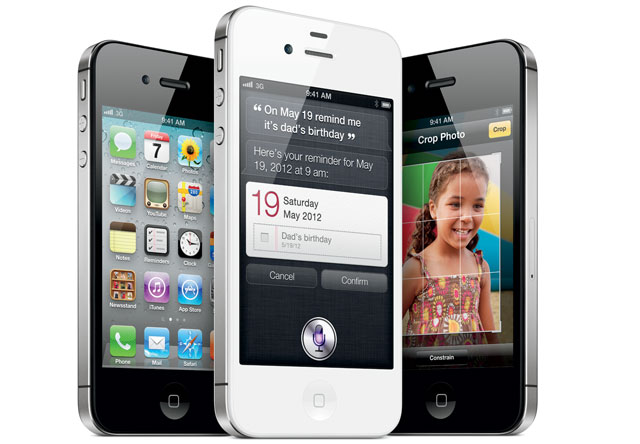
iPhone 4S
The iPhone 4S is another minor upgrade, helping to solve the antenna issue and boosting performance.
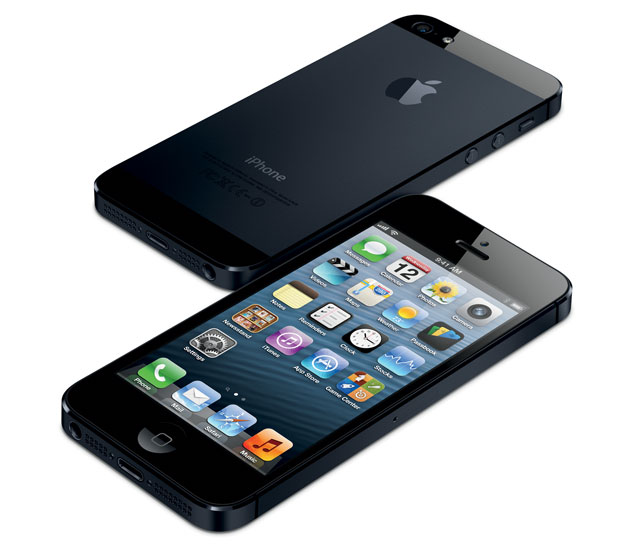
iPhone 5
The iPhone 5 in 2012 marks Apple’s move toward bigger screens and proves a smash with consumers, delivering rapid revenue growth for Apple.
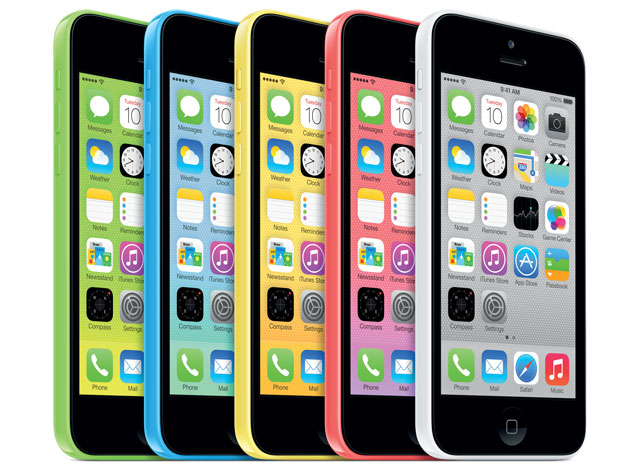
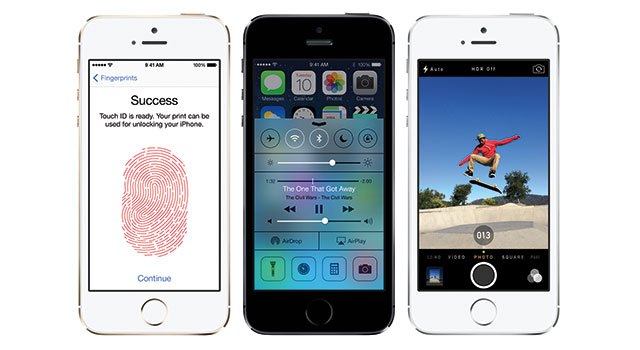
iPhone 5c and 5s
The iPhone 5s upgrade isn’t a surprise. It’s the introduction of the more affordable iPhone 5c that raises eyebrows — designed to appeal to emerging markets, it doesn’t prove to be a big hit.

iPhone 6 and 6 Plus
The debut of the iPhone 6 and 6 Plus in 2014 is the right move at the right time. The bigger smartphones wow customers in Asia and put Apple into the top spot in China.
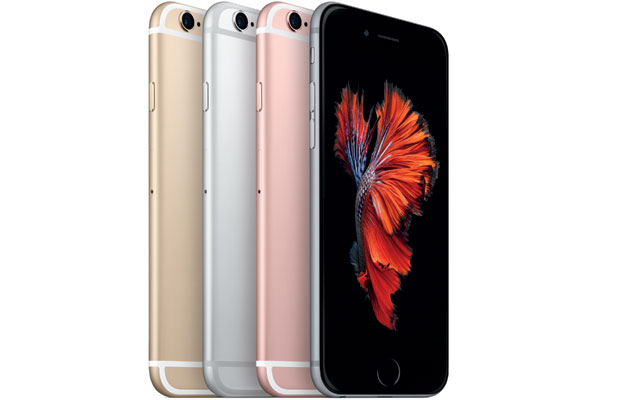
iPhone 6s and 6s Plus
The iPhone 6s upgrade doesn’t change much — a bit faster, a bit better.
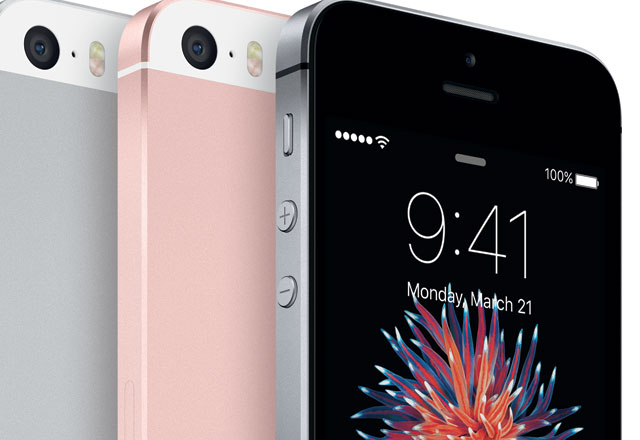
iPhone SE
Earlier this year, Apple surprises by reviving the iPhone 5’s size and shape in the form of the iPhone SE. A cheaper, midrange phone, it sells better than expected in places such as Latin America, but isn’t enough to reverse a revenue decline.
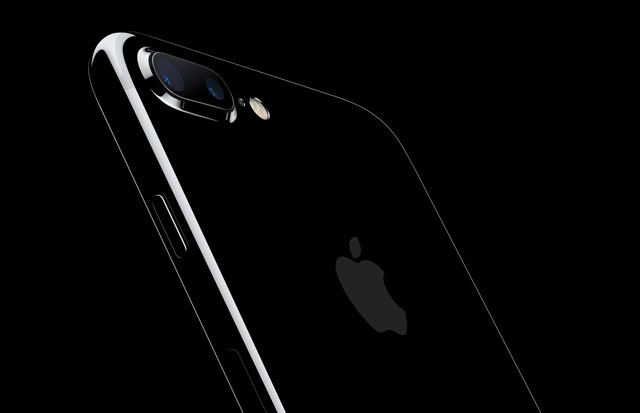
iPhone 7 and 7 Plus
The iPhone 7 is a break from Apple’s two-year upgrade cycle, with the size and shape almost unchanged from its predecessor. It sports a better camera, faster performance and, in a new twist, gets rid of the headphone jack. — (c) 2016 Bloomberg LP




